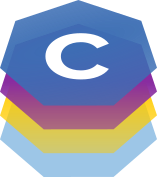Newcomer
-
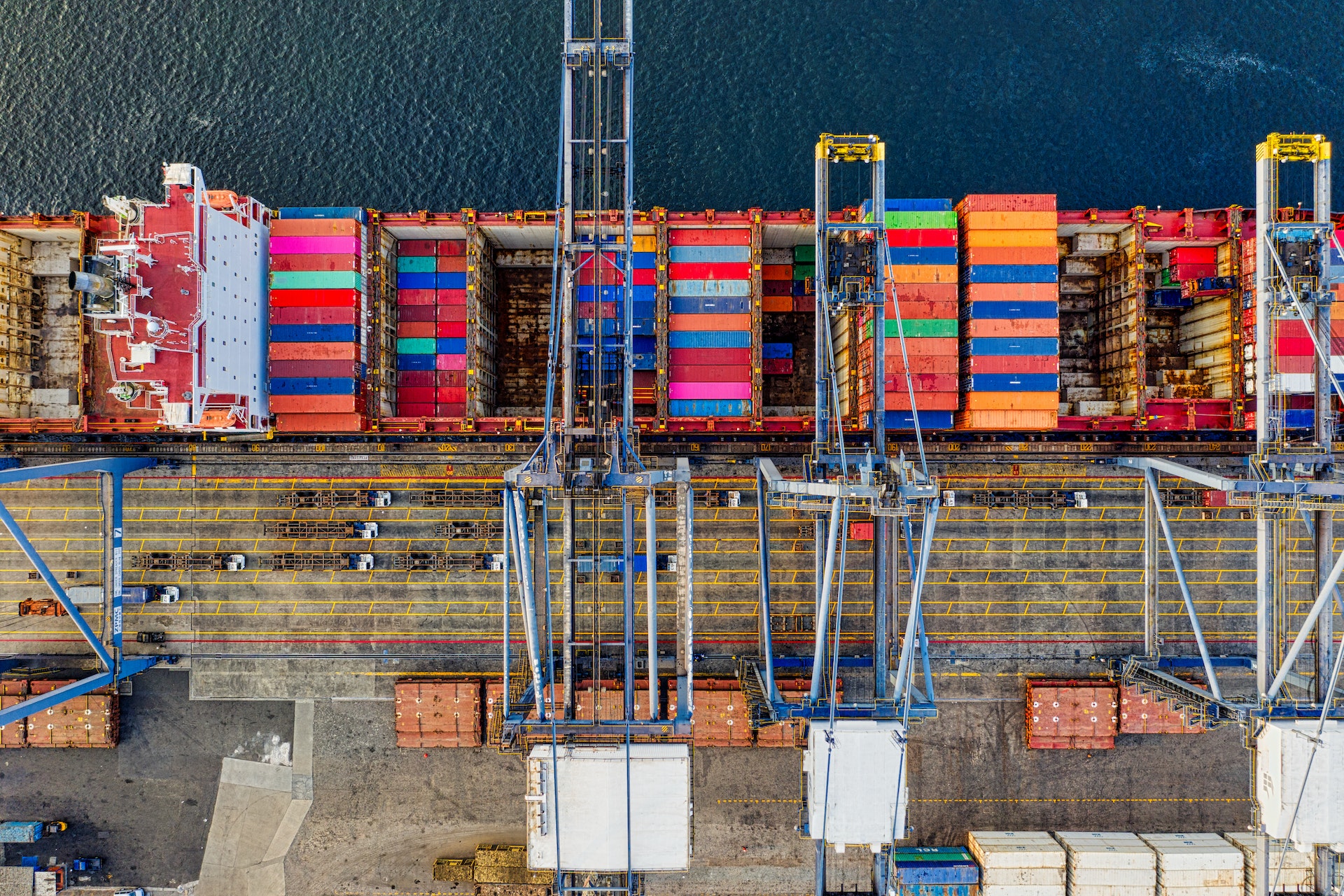
Lease dynamic IPs with Netavark
Read more: Lease dynamic IPs with NetavarkAs Brent announced Netavark v1.6 with DHCP support is released, together with podman v4.5 you can now use DHCP with your macvlan networks in only a few simple steps. In order to use macvlan and DHCP you must run Podman as root. First enable the dhcp proxy via systemd socket: Now just create a macvlan…
-

Podman machine for Microsoft HyperV – Step 1
Read more: Podman machine for Microsoft HyperV – Step 1In an earlier post, I talked about work that I was starting for Podman machine and its use of Microsoft HyperV. I’m pleased that my first pull request for that enablement was recently merged into Podman. At this point, it is really just about the basics of machine like: creation, removal, start, and stop. >…
-
Troubleshooting Podman Machine
Read more: Troubleshooting Podman MachinePodman runs Linux containers, which depend on a Linux operating system. This means that if a user is on a Mac or Windows, Podman needs to run inside a VM. Most of the time, a standard install of Podman machine just works out of the box. However, when something goes wrong, the complexity of the…
-

A call for help: podman machine testing
Read more: A call for help: podman machine testingI have been working on adding HyperV as a supported virtualization option for Podman machine. Within the next couple of weeks, I will be looking for folks to test my progress and shake out as many bugs as possible before the code is officially released. If you are familiar with Podman machine and have experience…
-

Default Podman network subnets
Read more: Default Podman network subnetsWhenever you deal with networking you likely need ips and thus subnets. Podman is no different and uses some default subnets that you should be aware of. This post shows you what these are and how to change them if there is already a subnet in this range on your network. Podman network The default…
-
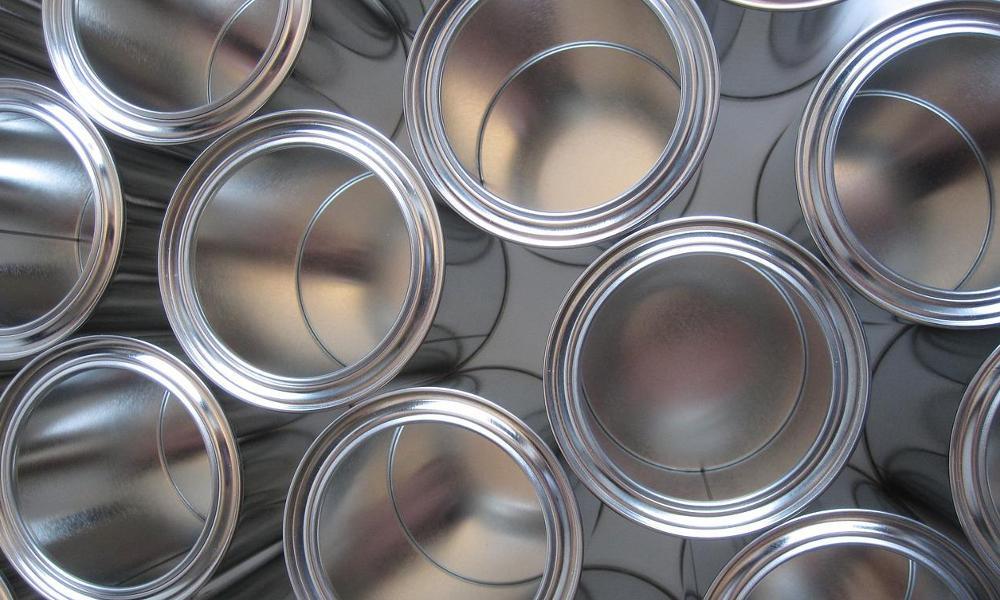
Speed up Podman build on MacOS and Windows
Read more: Speed up Podman build on MacOS and WindowsIt has been reported by some users that the podman build command is sometimes slow when run on MacOS and Windows. This is due to the fact that when Podman is used on these operating systems, it actually utilizes a remote client that communicates with a Linux system through the podman REST API service to…
-

Podman with MacVLAN
Read more: Podman with MacVLANIt is coming together nicely — Update When we released Podman 4, we also released a new “network stack” that in large part was provided by netavark. At that time, a couple of features were missing for us to achieve parity with the previous network stack based on CNI Plugins. One key missing feature was…
-
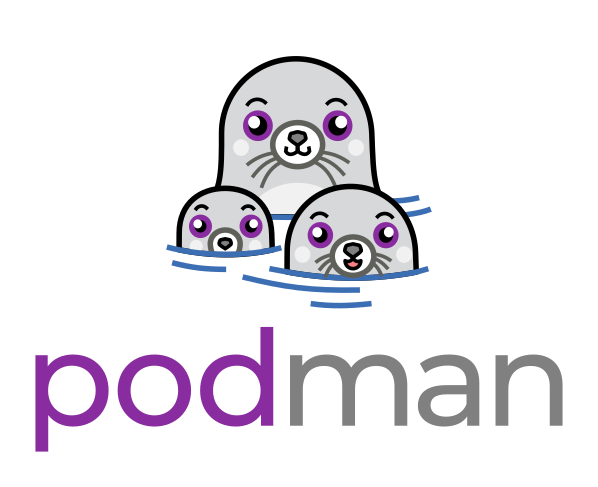
Surviving a database corruption
Read more: Surviving a database corruptionI have yet to bump into perfect software. Bugs, failures, and short-comings are the reality of software developers. They often have upsides whether it might be learning about a new area of code in a larger application or coming up with ideas to prevent problems. We had an interesting problem brought to our attention recently…
-
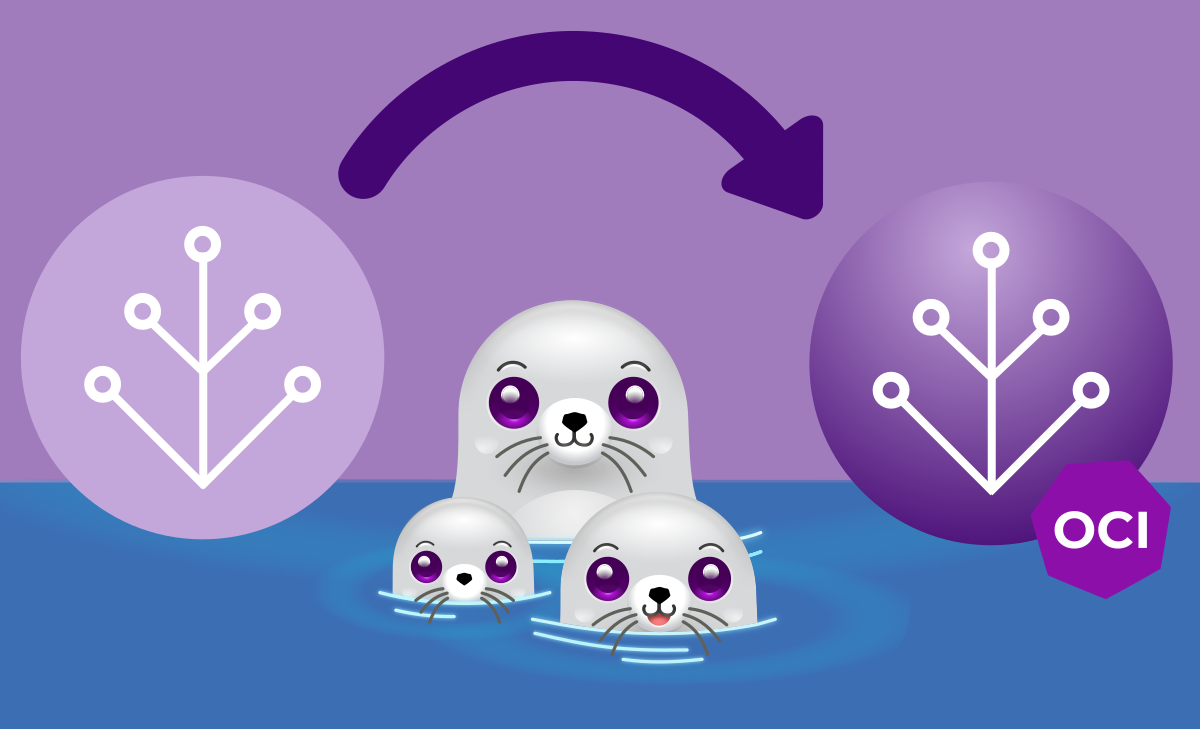
Dropping Capabilities, making containers more secure.
Read more: Dropping Capabilities, making containers more secure.You might not know this but Podman has been running with less capabilities then Docker for a while now. Not only does Podman default to running rootless but even in rootless mode, it runs tighter then Docker. Docker runs with 14 root capabilities while Podman runs with 10. However, this has been via distribution defaults…
-

Podman machine customization with Ostree
Read more: Podman machine customization with OstreeDevelopers are always asking us about how to customize Podman machine to add or subtract content. Up until recently, the answer has always been to use the cosa tooling to create the operating system and a qcow image. The process is not particularly difficult but it does help to have fast disk I/O […]
Subscribe
Sign up with your email address to receive updates by email from this website.
Latest news
- Podman/Buildah/Bootc/Podman Desktop AMA
- A Product Owner’s Life
- CNCF message from Maintainers
- Podman, Buildah, and Skopeo and the Cloud Native Computing Foundation
- Netavark and Aardvark-DNS v1.13 release
Categories
- Advanced (11)
- Announcement (23)
- Articles (3)
- Blog (6)
- Buildah (2)
- Community (4)
- New Feature (9)
- Newcomer (22)
- Podman (7)
- Podman Desktop (1)
- Releases (2)
- Skopeo (2)
- Tips and Tricks (19)
- Tutorials (2)
- Uncategorized (4)
